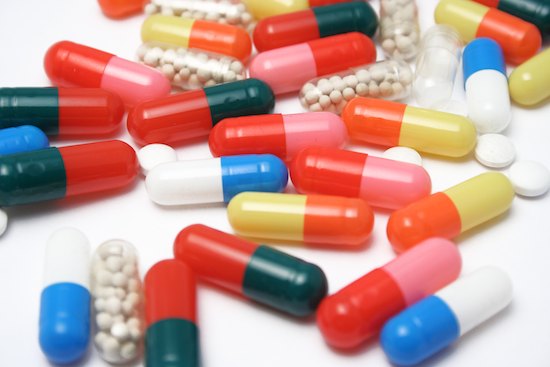Validation in Pharma Industry

(photo by Danny de Bruyne)
No, it’s not a typo, this time we’re talking about the validation, process, and quality assurance (QA) in pharmaceutical industry.
Maybe I’m not be the best person to talk about it although I had some experience in medical technology and clinical laboratory few years ago. Nonetheless, there are actually some similarities between pharma QA process with software QA process (now that’s the word we’re waiting for).
The article
The article that becomes the basis of this blog post is “Validation – The Essential Quality Assurance Tool for Pharma Industries”. Aside from the many punctuation problems, and mispelled words in the article, it’s a good article to read. (I suspect the article was scanned from a magazine through OCR, which might explain the problems).
The Pharmaceutical industry
Definitely, pharmaceuticals is a multi-billion dollar industry and expected to hit the $1.1 trillion by 2015. As much as that money can be, it also deals with things that are priceless, the human life and well-being. It is no wonder the industry is one of the most regulated industry out there, because errors in the process can produce permanent or even fatal impact.
To ensure that the products are safe and have the consistent quality to their intended use, validation, one of the essential quality assurance tool, is necessary.
Different field yet similar concepts
According to the article, validation as “confirmation, through the provision of objective evidence, that the requirements for a specific intended use or application have been fulfilled.”
Well, that definition is very similar with our definition in software field, that is:
The process of confirming that the solution meets the requirements, to confirms that we built the solution right.
So let’s take a look at some other similarities.
GMP vs IEEE standards
As software professionals we are very familiar with the IEEE standards, although they’re not mandatory, or even followed in most cases. Nonetheless, these documents are available to guide us as principles to create a better software development process.
The pharma industry has it’s own standards that define best practices, and it’s called Good Manufacturing Practice, also known as GMP.
A bit different from IEEE documents, that the versions are regulated by a single organization, GMP guidelines versions can vary. The World Health Organization (WHO) has a version that is used by over one hundred countries worldwide, primarily in the developing world.
The United States and European Union have their own GMP versions that is enforced in their respective countries.
Other than GMP, there are other several good-practice requirements referred to as “GxP” requirements, whic encompasses some other stage of pharmaceutical process (regulatory, distribution, or transportation practice).
Validation Master Plan (VMP) vs Test Plan
In a software development lifecycle, a test plan is needed to, obviously, plan the testing process and one standard that can serve as guidelines is IEEE 829. The result product is a test plan that defines important outline such as:
Introduction, Test Items, Features to be tested, Testing approach, Test pass/fail criteria, Test deliverables, Responsibilities, Schedule, Rick and Contingencies, etc.
Validation Master Plan, or VMP, is the ‘test plan’ of pharma industry. According to the article, VMP describes clearly and concisely the company’s philosophy, expectations and approach to be followed. It should be developed in the early stages of a project and allow a logical progression from plan to validation schedule.
The contents of typical VMP:
Introduction, Purpose, Scope, Overview/Description of system to be validated, Responsibilities, Validation methodology, Acceptance criteria, Validation report, Change control, Validation project milestone, and Deliverables.
Didn’t we’ve just seen similar words a couple of minutes ago? 🙂
Change control vs Change Management
We all have heard that “the only thing that doesn’t change is change itself” and any software development professional can attest that statement.
Software is a very ‘changeable’ product and thus change management is important to track that changes, and to make sure that the product delivered is still working as it supposed to. Changes that will have a major impact to the software is also will need to be approved prior to the change.
Although I believe the change in pharma industry is not as rapid as in the software industry, a change control system is required.
It says that the change control system should ensure that all notified or requested changes are satisfactory investigated, documented and authorized.
Considering the impact of the final products of pharma industry, it is also very fair to say that this validation can contribute to control safe products.
So what?
So what’s the point of all these?
After reading the article and some other article about quality assurance in the pharma industries, two things popped in my head:
1. It’s interesting how two different industries that can be so different yet share so much similarities when it comes to attaining quality. Although in pharma the validations are still need to be done manually by checking whether the process are followed according to the documentation.
2. Quality is not something to be taken lightly, it’s a product of discipline and continuous evaluations at every process.
Software industry is not as heavily regulated as the pharma industry, at least not all the fields are. Yet, we still need to implement validations and good quality assurance practices when developing software to achieve the high level of quality.
I hope this blog post can motivate all of us by looking how our friends in pharma are doing their validation. 🙂
Related articles and articles quoted in this post